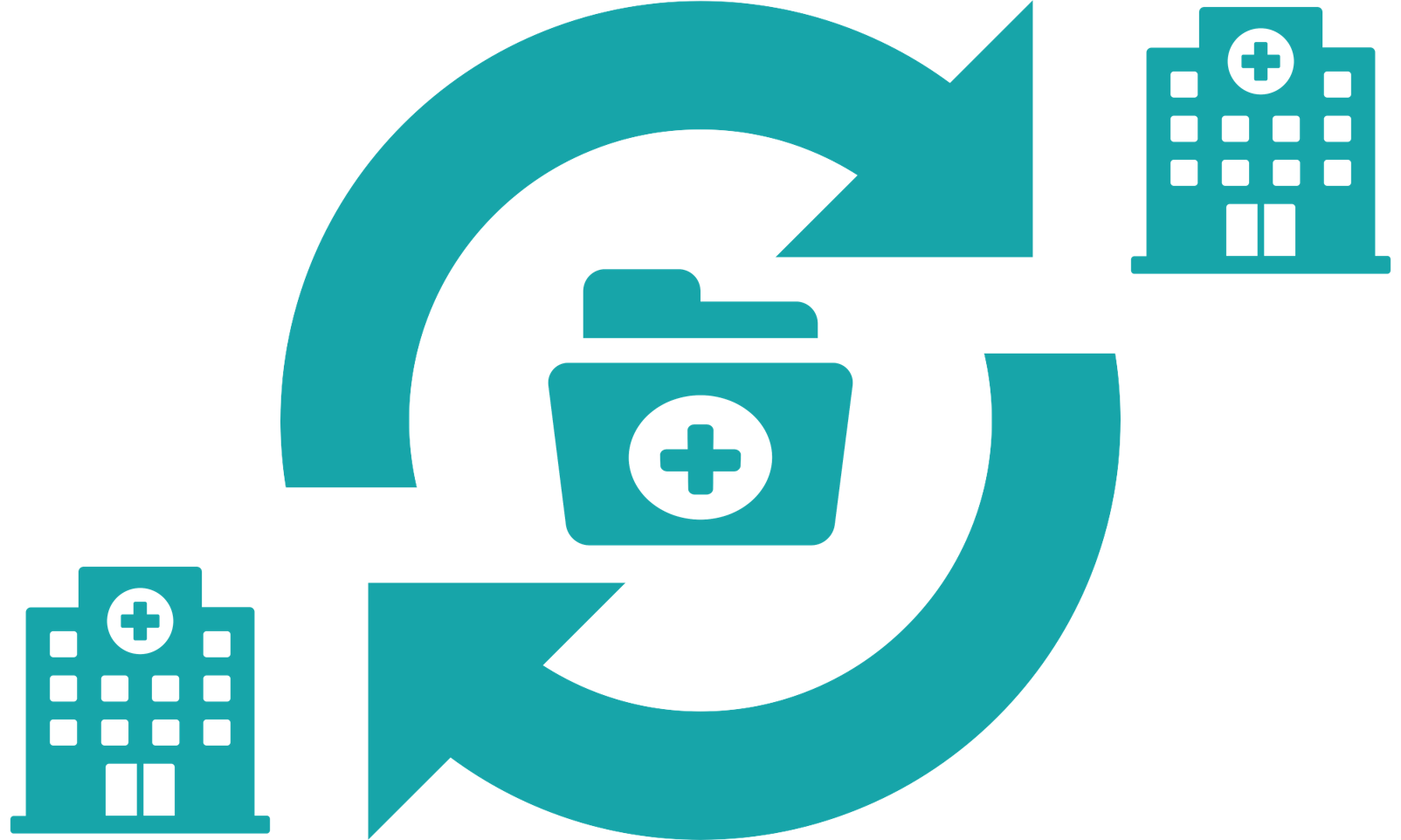
The National Institute on Aging is part of the National Institutes of Health. It is located in Baltimore, Maryland. The Institute has many divisions. Each division and portfolio is overseen by a Director. The Institute's research portfolios & divisions assist in solving aging-related problems and addressing issues that affect the elderly.
NIA
The National Institute on Aging is part of the National Institutes of Health. The headquarters of Baltimore is home to the institute, which is located in Bethesda (Maryland). The organization is dedicated to research and development aimed at improving the lives of older people.

Research portfolios
The National Institute on Aging, (NIA), supports many research portfolios across a range of fields. The Division of Behavioral and Social Research of NIA invests in projects that address genetics, animal models, and humans. This branch of the Institute also participates in biomarker research. It encourages multidisciplinary approaches to advanced technologies.
Director
The National Institute on Aging (NIA), which is part of NIH, houses the National Institutes of Health. Its mission is support and leadership of federally funded research related to the health and causes of aging and older people. Scientists at the NIA seek to understand the causes of aging and the diseases that accompany it to increase healthy life expectancies.
Go4Life Month
This September, NIA is sponsoring a public awareness campaign called Go4Life Month to encourage older people to stay active and healthy. NIA has partnered up with several organizations and corporations to help make the campaign reach as many people as possible. These partners will incorporate campaign resources in their efforts to improve their health and wellbeing. Many of these companies sponsor events throughout the month.

Collaborations
NIA's research programs are shaped by numerous fruitful collaborations with other organizations. These partnerships have been an integral part of the Institute’s research history for over 40 years. We will be looking at some of the most significant collaborations, such as those with the Health and Retirement Study and the geroscience and implementation of the National Plan to Address Alzheimer's Disease.
FAQ
What are the differences between different types of health insurance
There are three main types of health insurance:
-
Private health insurance covers all costs related to your medical care. Private companies often offer this type of insurance. You only pay monthly premiums.
-
Although most medical costs are covered by public insurance, there are certain restrictions. Public insurance doesn't cover everything.
-
For future medical expenses, medical savings accounts are used. The funds are held in a special account that is separate from any other kind of account. Most employers offer MSA plans. These accounts are exempt from tax and earn interest at rates comparable to savings accounts.
What are the main goals of a system for healthcare?
A healthcare system must have three main goals: to provide affordable care, improve patient outcomes, and reduce costs.
These goals have been incorporated into a framework known as Triple Aim. It is based off research by Institute of Healthcare Improvement. This was published by IHI in 2008.
This framework is designed to help us improve our goals by focusing on all three.
This is because they're not competing against each other. They support one another.
If people have more access to care, it means that fewer people will die because they cannot pay. This reduces the cost of care.
Also, improving the quality of care helps us reach our first goal - to provide affordable care for patients. And it improves outcomes.
What is my role in public health?
Participating in preventive efforts can help to protect your own health and that of others. Public health can be improved by reporting injuries and illnesses to health professionals, so that they can prevent further cases.
What is the difference between health policy and public health?
In this context, the terms refer both to the decisions made and those of legislators by policymakers. These policies affect how we deliver healthcare services. It could be local, regional, or national to decide whether a new hospital should be built. Similarly, the decision about whether to require employers to offer health insurance may be made by local, regional or national officials.
What are the different types of healthcare systems available?
The first system is a more traditional system that gives patients little choice about who they see for treatment. They go to hospital A if they need an operation, but otherwise, they might as well not bother because there is nothing available at all.
This second system is fee-for service. Doctors make money based on how many drugs, tests and operations they perform. If you don't pay them enough, they won't do any extra work, and you'll pay twice as much.
The third system uses a capitation system that pays doctors according not to how many procedures they do but what they spend. This encourages doctors and patients to choose less costly treatment options such as talk therapies over surgery.
What impact will it have on the healthcare industry if there is no Medicare
Medicare is an entitlement that provides financial help to low-income persons and families who cannot pay their premiums. This program is used by more than 40 Million Americans.
Millions of Americans will lose coverage if the program is not implemented. Some private insurers may stop offering policies to pre-existing patients.
How can I be a creative healthcare professional?
There are many routes to becoming a creative professional in health care. Some people start off as students. Others begin their careers in other areas such as engineering or business.
Some opt to study a course that focuses on a specific topic, such management, leadership or health policy. Others decide to take an elective course that explores different perspectives on health and health care.
No matter what your path, you will learn about health and care topics through lectures, readings and group discussions. Assignments and projects are also available. There are workshops, conferences, as well as seminars.
The program will equip you with the knowledge and skills you need to interact with clients, colleagues, or patients in any capacity within the health sector.
A doctorate could be your next step.
Statistics
- The healthcare sector is one of the largest and most complex in the U.S. economy, accounting for 18% of gross domestic product (GDP) in 2020.1 (investopedia.com)
- For the most part, that's true—over 80 percent of patients are over the age of 65. (rasmussen.edu)
- Consuming over 10 percent of [3] (en.wikipedia.org)
- Healthcare Occupations PRINTER-FRIENDLY Employment in healthcare occupations is projected to grow 16 percent from 2020 to 2030, much faster than the average for all occupations, adding about 2.6 million new jobs. (bls.gov)
- Foreign investment in hospitals—up to 70% ownership- has been encouraged as an incentive for privatization. (en.wikipedia.org)
External Links
How To
What are the 4 Health Systems?
The healthcare system is a complex network of organizations such as hospitals, clinics, pharmaceutical companies, insurance providers, government agencies, public health officials, and many others.
The ultimate goal of the project was to create an infographic that would help people to better understand the US health system.
Here are some key points.
-
Healthcare spending is $2 trillion annually, representing 17% of the GDP. That's almost twice the size of the entire defense budget!
-
Medical inflation reached 6.6% last year, higher than any other consumer category.
-
Americans spend 9% on average for their health expenses.
-
Over 300 million Americans are uninsured as of 2014.
-
Although the Affordable Care act (ACA) was signed into law, its implementation is still not complete. There are still many gaps in coverage.
-
A majority of Americans believe the ACA should be maintained.
-
The US spends the most money on healthcare in the world than any other country.
-
Affordable healthcare would lower the overall cost by $2.8 Trillion annually if everyone had it.
-
Medicare, Medicaid, as well as private insurers, cover 56% all healthcare expenditures.
-
The top three reasons people aren't getting insured include not being financially able ($25 billion), having too much time to look for insurance ($16.4 trillion), and not knowing what it is ($14.7 billion).
-
There are two types, HMO (health maintenance organization), and PPO (preferred providers organization).
-
Private insurance covers all services, including doctor, dentist, prescriptions, physical therapy, and many others.
-
The public programs cover outpatient surgery as well as hospitalizations, nursing homes, long term care, hospice, and preventive health care.
-
Medicare is a federal program that provides senior citizens with health coverage. It pays for hospital stays and skilled nursing facility stays.
-
Medicaid is a federal-state program that provides financial aid to low-income families and individuals who earn too little to be eligible for other benefits.